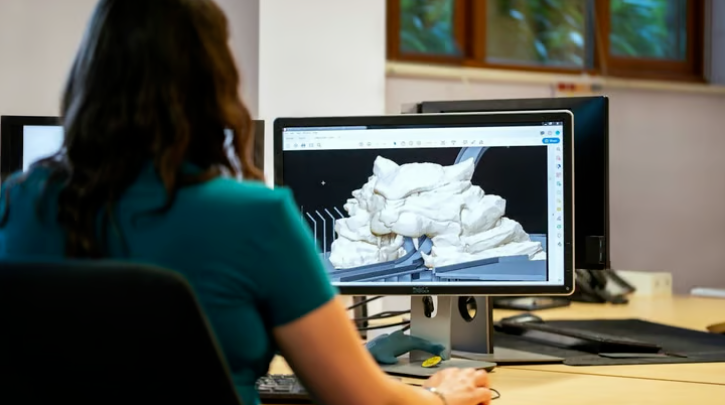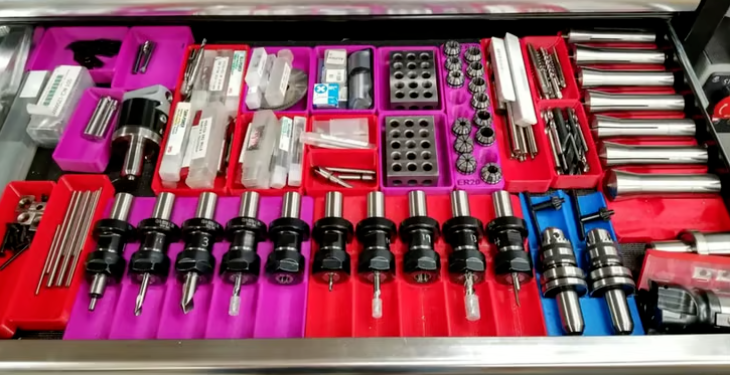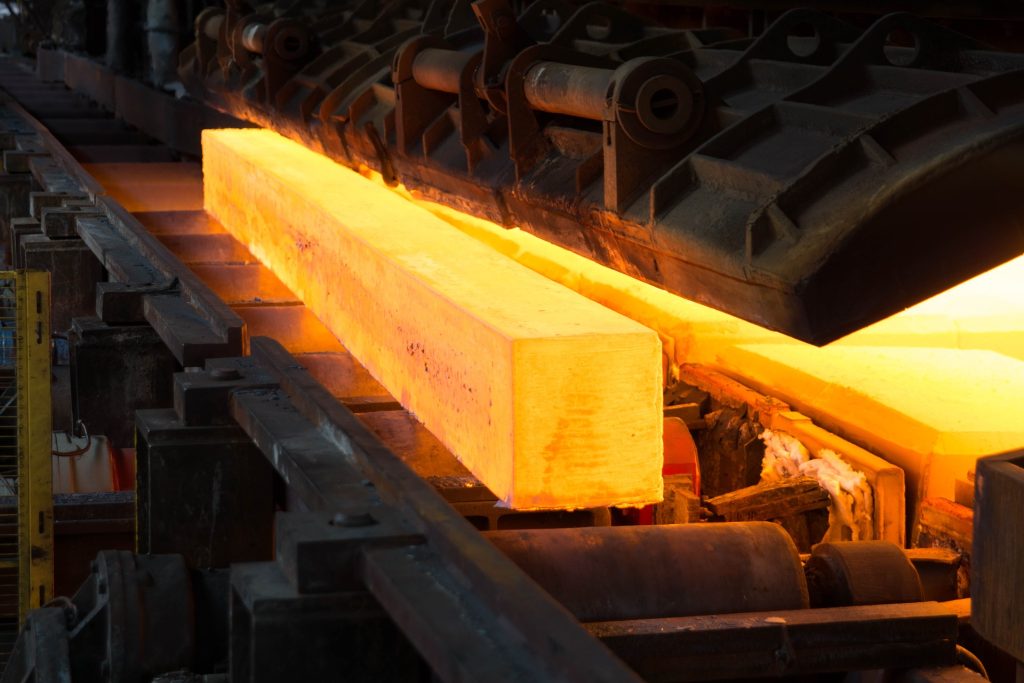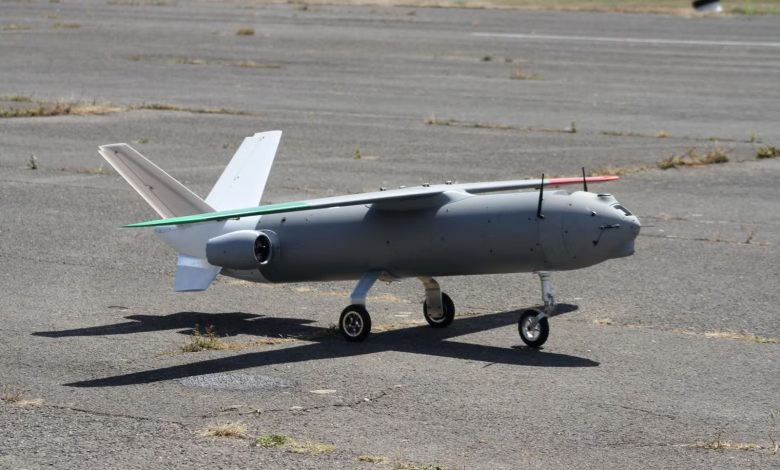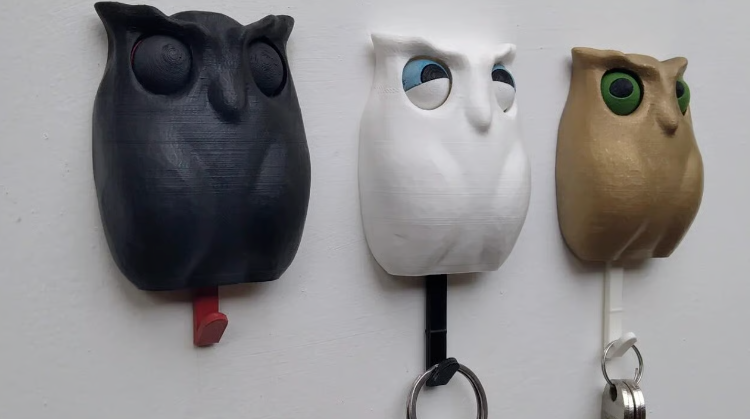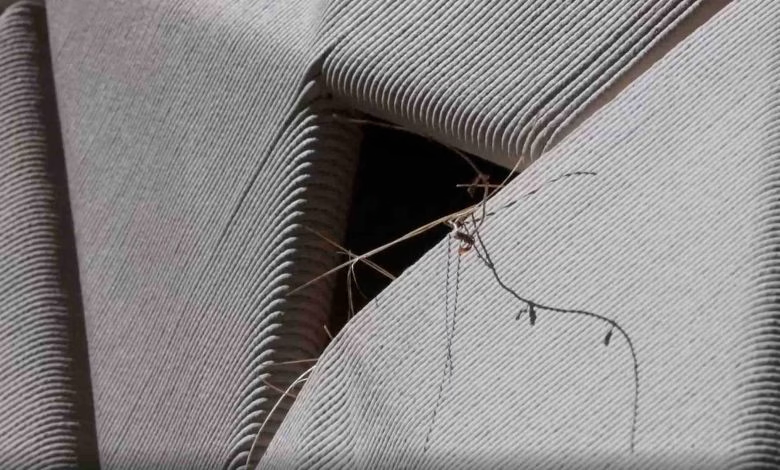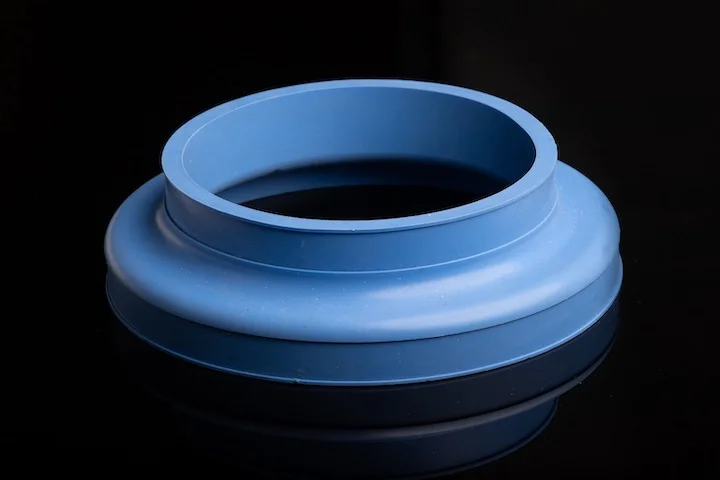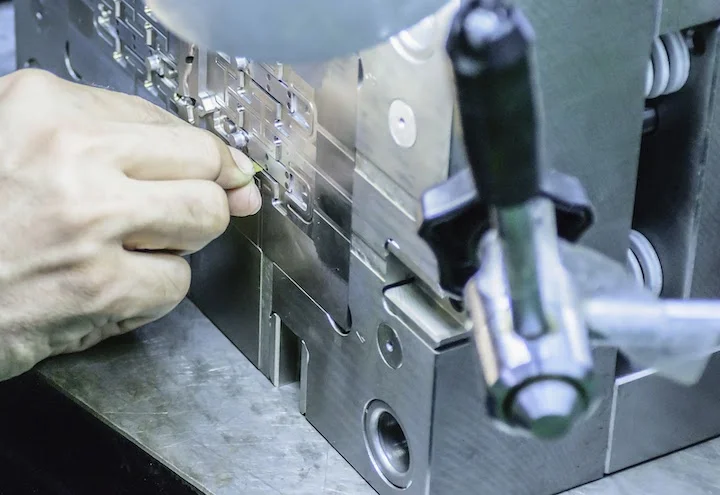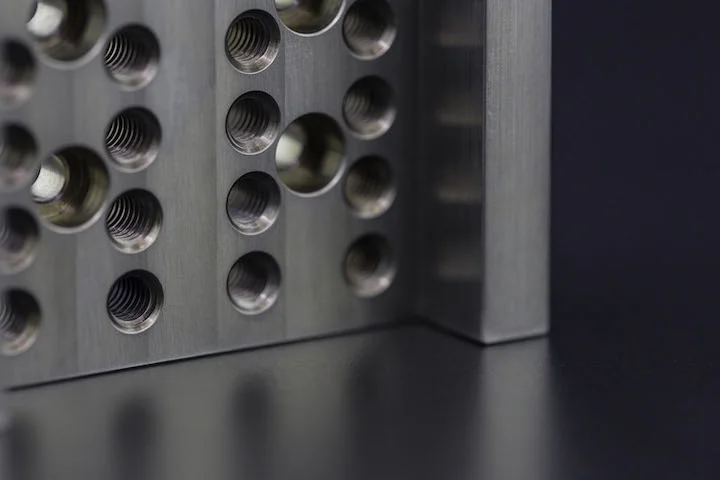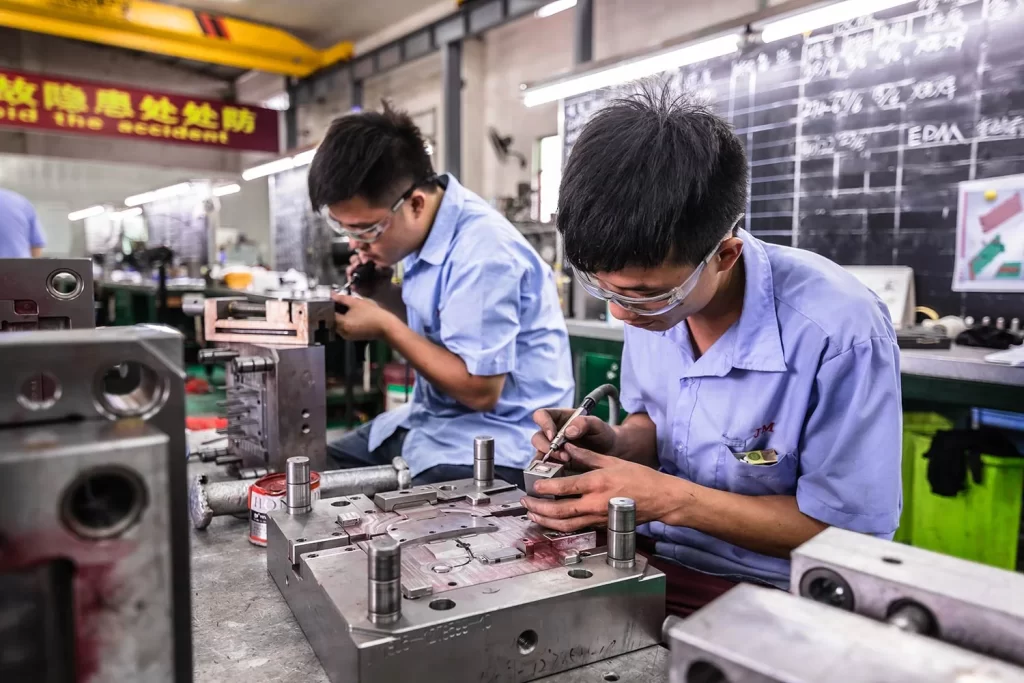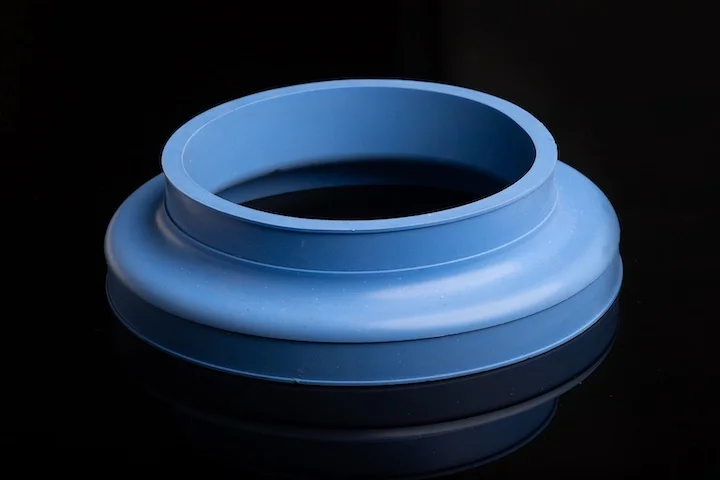In the field of tire mold manufacturing, 3D printing technology has applications at two levels: one is the manufacturing of steel plates in complex tire molds, especially those for high-performance winter tires or snow tires. This technology has been put into use in large factories both domestically and internationally. The other level is the integrated manufacturing of molds with complex patterns, which eliminates the need for separate manufacturing and inlaying of steel plates. This application aims to simplify processes and upgrade tires, and it has significant advantages in terms of performance.
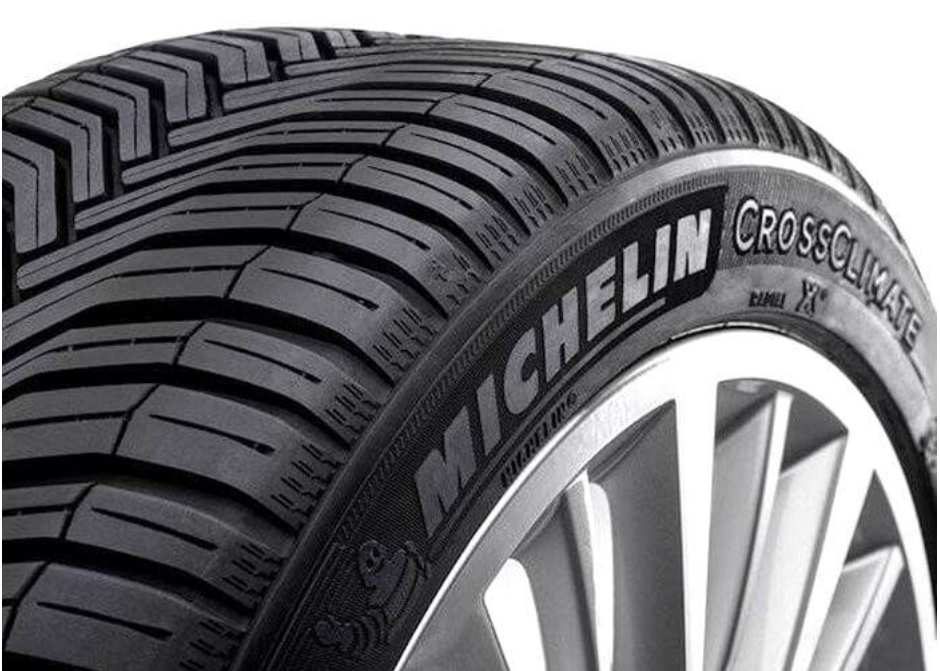
Challenges in 3D Printed Steel Plate Inlaying
3D printed steel plates still face the problem of mold inlaying. Currently, steel molds are mostly inlaid manually: grooves for steel plates are machined in the mold cavity, and then the processed steel plates are inserted by hand. A small number of steel plates is not a problem in mold manufacturing, but a single winter tire mold often requires thousands of steel plates, and some specially designed tires even use more than 4,000 steel plates.
Steel plate inlaying remains a major headache for mold manufacturers, especially when the number of steel plates increases. The distance between steel plates becomes smaller, resulting in insufficient space for arrangement. This problem is particularly prominent when the distance is less than 5-6 mm. However, directly manufacturing a whole block of complex-patterned molds using metal 3D printing technology is expected to simplify the process and overcome the current issues with steel plate inlaying. In fact, there have been many such attempts in the additive manufacturing industry, but most remain in the technical verification stage and have not yet been mass-produced.
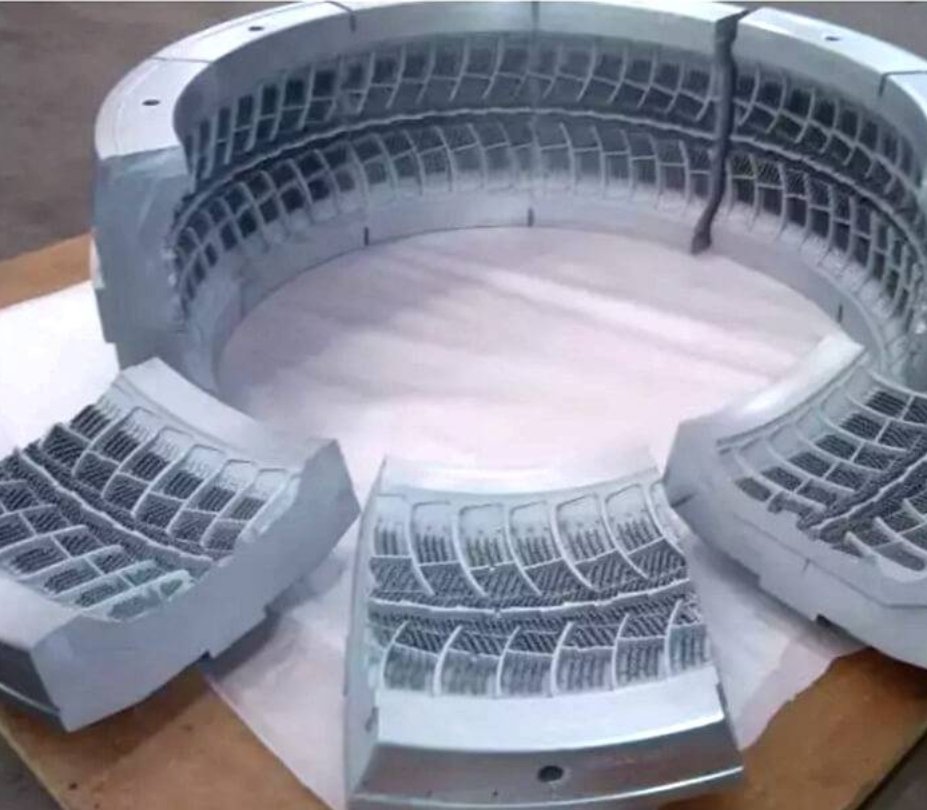
Debaolong Seiko’s Additive Manufacturing Solution for Pattern Blocks
Notably, in this regard, Debaolong Seiko has proposed an additive manufacturing solution for printing pattern blocks. This solution includes two specific improvement measures: a special scanning strategy and differentiated layer thickness for pattern blocks, as well as meeting the high requirements for mold dimensional accuracy and surface finish. These measures significantly reduce the processing time of individual pattern blocks and provide a feasible industrialization path for the innovative process of pattern block manufacturing.
For more information, please contact Debaolong Seiko. You are also welcome to upload your design to Debaolong Seiko for a quotation.








